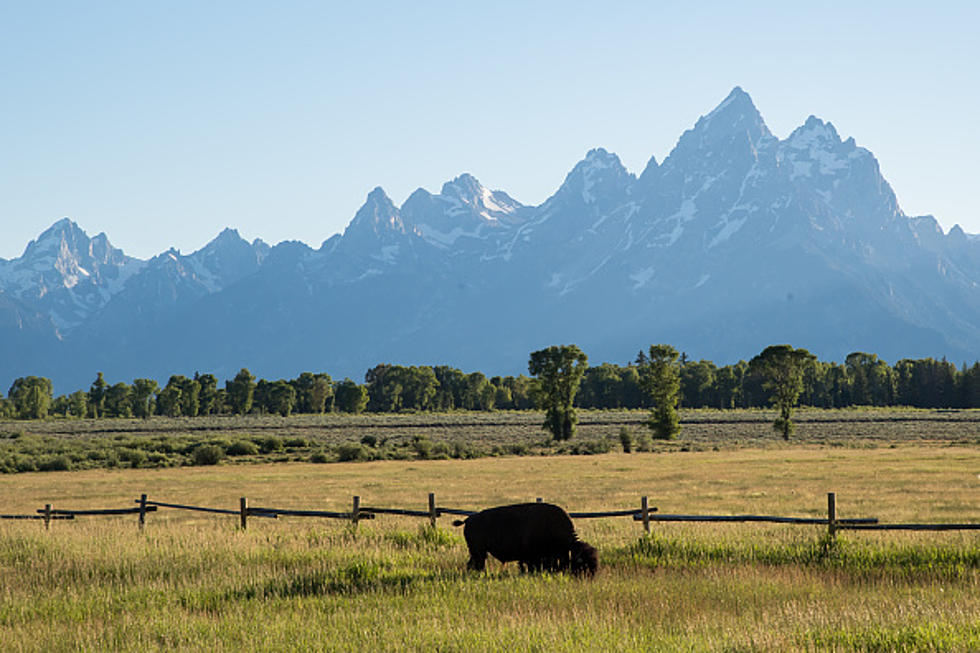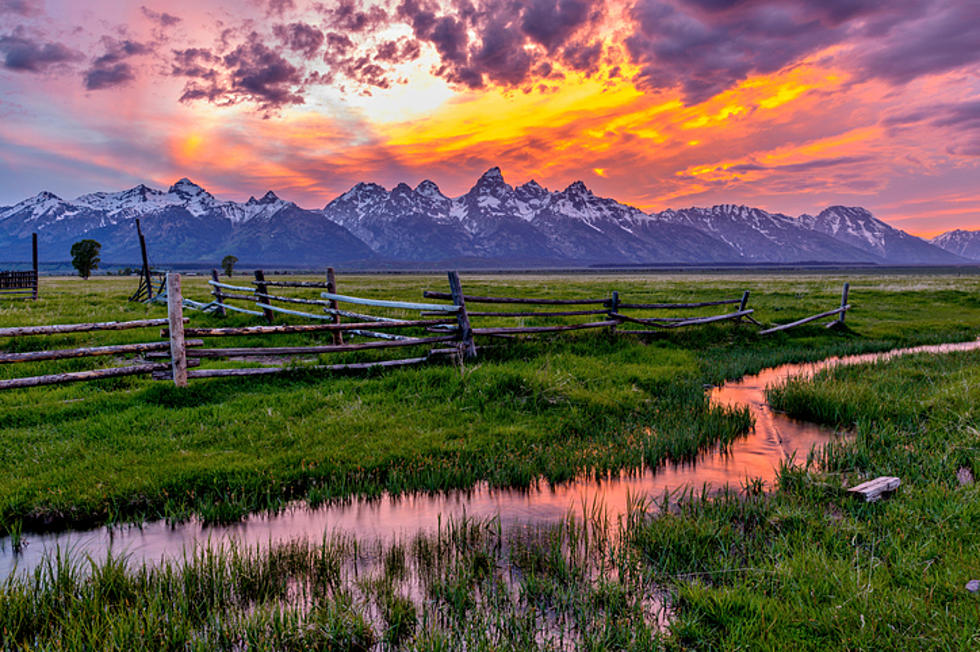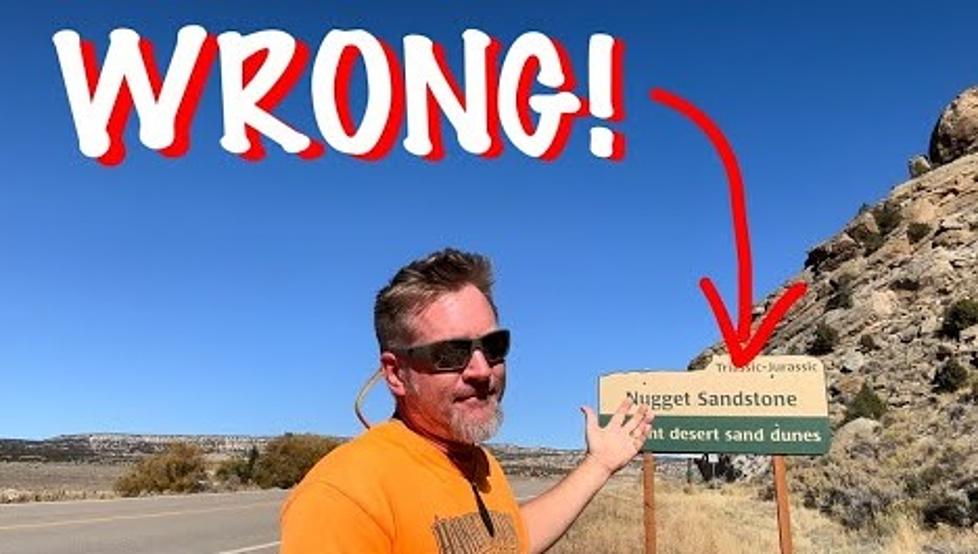
Someone Put The Rockie Mountains In The Wrong Place
Just what the HECK do geologists mean when they say that "the Rocky Mountains are in the wrong place?"
I mean, there they are.
So that would mean that they are supposed to be there, right?
The problem is that the position of the Rocky Mountains does not agree with any current geological model.
So, that must mean that there is something that scientists are missing when it comes to their model-making, or that their previous models are flawed.
Science is never "settled." No matter what kind of scientific study we are talking about.
That's the case when it comes to the Rocky Mountains.
The video below will explain why geologists are confused about the positioning of the Rocky Mountains.
Usually, we get mountains where two tectonic plates meet.
But that's now what's happening out West.
We have one plate pushing off the coast of California and Washington.
But that's too far out to cause mountains where we see them.
There is another plate that is very far off to the east.
But that is way too far off to cause the Rockies to rise.
That's why how the Rockies formed where they did is a hot debate among geologists.
There are several theories being discussed, but all of those theories have flaws.
The prevailing hypothesis is called flat-slab subduction.
The idea is that the Pacific Oceanic plate dove underneath the North American plate at an unusually shallow angle.
But a prevailing theory just means it's the one that is most popular among a majority of scientists.
Just because a theory is the most popular does not make it fact.
The video above will give you all of the current working theories.
Geologists admit that they will need more information if they are going to come anywhere close to what might have really caused the rise of these great mountains.
Wyoming Dinosaur Center
Gallery Credit: Glenn Woods
Exploring Wyoming's Alcova River Canyon
Gallery Credit: Glenn Woods
More From Wake Up Wyoming









